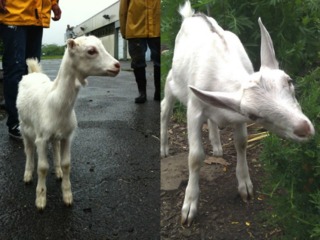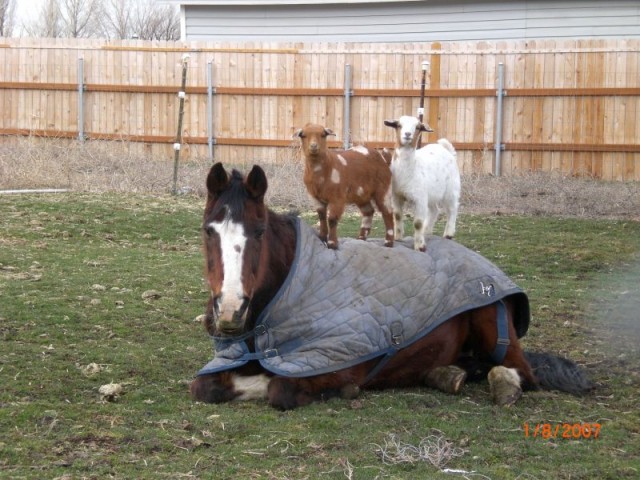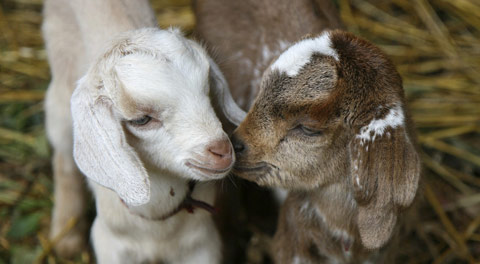In Paris, sheep are being used to graze (and fertilize) a plot of land behind the municipal archives building, and there are plans to use them across the city if they prove effective. The use of sheep or goats to clear an area of weeds, also known as “eco-grazing,” has been used in New York City as well. In Freshkills Park, Staten Island, goats are part of a strategy to rid the area of phragmites, invasive weedsthat can cause brush fires and choke out native species.
Goats and sheep are useful for clearing out unwanted plants, especially in areas that would be difficult for lawn mowers to reach. Employing animals is also a more eco-friendly practice than using gas-powered devices or polluting herbicides to manage land. Their wastes can be used as fertilizer, there are hopes for a Freshkills dairy to produce artisanal cheeses from the goats’ milk. Seattle, WA, also uses goats to clear hillsides and along highways that would be dangerous for people to clear or would prove impractical terrain for machines.
Goats and sheep have a long history of residence in New York. The Sheep Meadow in Central Park was home to a flock of sheep from 1864 to 1934, and they were housed, along with their shepherd, in what is now the Tavern on the Green restaurant. In the 1930s, there were enough goats in NYC to warrant annual goat beauty pageants sponsored by the Brewers Board of Trade to find the best-looking billy goats to adorn beer posters. Just last summer, two goats lived on Governors Island and assisted Earth Matter, the compost non-profit, by eating food scraps.
“They help us teach that we are all part of the food cycle,” says Earth Matter’s Marisa DeDominicis. “They help with recycling by eating Island visitors’ food scraps, processing farm byproducts such as veggies that have gone to seed, and augmenting Island maintenance by trimming trees, eating weeds and nibbling on the acres of grass.”
And now, adorable pictures of goats:

(dnainfo.com)


And finally, a video combing the vocal talents of Taylor Swift and a goat.
Top photo: “Goat Pageant from the 1930s”: Grist.org
